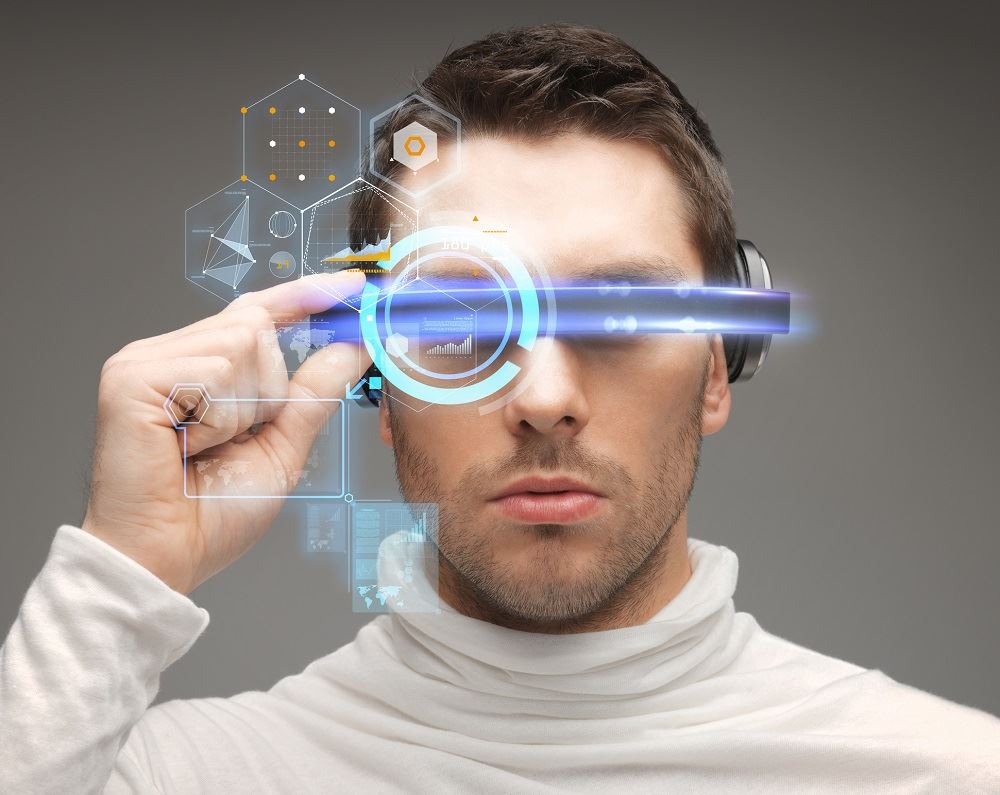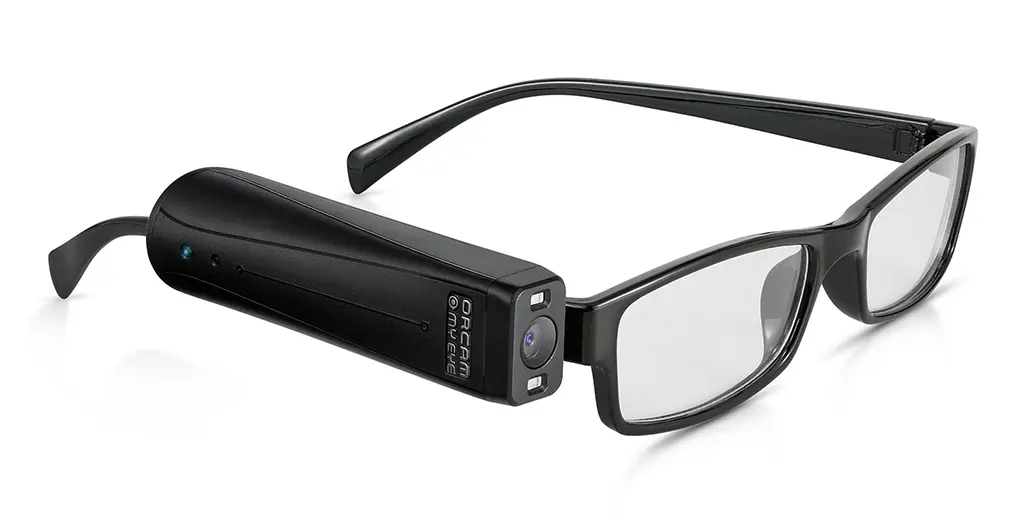Wearable Technology for Low Vision: Transforming How We Navigate the World
Wearable Technology for Low Vision: Transforming How We Navigate the World
Blog Article
Empowering Self-reliance With Assistive Technology for the Blind
The combination of assistive technology for individuals who are blind or visually impaired represents a considerable development in fostering freedom and enhancing top quality of life. With a variety of devices-- from screen readers to cutting-edge responsive tools-- these technologies not only facilitate navigating and communication yet likewise advertise social inclusion and engagement in numerous facets of life. As we check out the varied sorts of assistive tools and their real-world applications, it comes to be clear that the impact is profound. The advancement of this modern technology increases critical concerns concerning availability and future developments that require additional exam.
Recognizing Assistive Modern Technology
Although assistive innovation has actually advanced substantially throughout the years, its fundamental purpose remains the exact same: to improve the lifestyle for individuals with impairments, especially those that are aesthetically impaired or blind. This innovation incorporates a broad variety of tools and gadgets that promote freedom and functionality in daily activities.
Assistive innovation can be categorized into low-tech and state-of-the-art options, each created to meet specific needs. Sophisticated tools commonly consist of software program applications, specialized hardware, and adaptive tools that use advanced innovation to supply support in various contexts. Alternatively, low-tech services might include day-to-day products that are modified to improve access, such as magnifiers or tactile markers.
The combination of assistive modern technology into the lives of individuals who are blind or visually hindered not just advertises autonomy however also cultivates social incorporation and engagement in academic and professional atmospheres. By leveraging these technologies, customers can browse their surroundings, access details, and connect successfully, thus boosting their general lifestyle. Understanding assistive innovation is important for advocates, caregivers, and specialists that aim to support people in optimizing their potential and attaining greater self-reliance.
Sorts Of Assistive Instruments
Assistive tools for the blind and aesthetically damaged are necessary devices that improve daily obeying attending to specific difficulties encountered by individuals. These devices can be broadly classified into three primary types: optical gadgets, digital tools, and sensory tools.

Sensory devices, such as Braille screens and tactile maps, offer alternative methods to obtain info. Braille displays transform digital text into Braille, making it possible for individuals to check out touch. Tactile maps use spatial understanding through increased lines and textures, allowing for far better ecological awareness.
Together, these assistive tools encourage people with aesthetic disabilities to involve more completely with their surroundings, advertising better independence and self-confidence in daily activities.

Impact on Life
The integration of assistive innovation right into the everyday lives of people who are visually impaired or blind substantially improves their capability to navigate and interact with the world around them. Instruments such as display readers, Braille presents, and mobile applications promote access to info, enabling users to involve with digital content, connect properly, and handle daily tasks independently.
Moreover, technologies like clever glasses and navigation applications give real-time assistance in unknown environments, enhancing mobility and confidence. These devices enable individuals to determine challenges, read indications, and also recognize faces, hence cultivating a feeling of autonomy in public rooms. Additionally, home automation systems, which can be controlled with voice commands, enable individuals to handle their living environments extra successfully, improving comfort and safety.
The influence of assistive innovation expands past useful jobs; it advertises social inclusion and psychological wellness. By linking the gap between people and their environments, these modern technologies encourage individuals to get involved fully in neighborhood activities, seek academic chances, and participate in significant partnerships. Inevitably, the improvement of assistive technology is instrumental in redefining the opportunities for individuals that are visually damaged or blind, bring about a much more easily accessible and inclusive society.
Success Stories and Testimonials

One more powerful review comes from Mark, a recent college grad that utilized display reading software application throughout his academic journey. This innovation allowed him to accessibility course products and take part in conversations, ultimately resulting in his successful transition into the labor force. Mark credit scores assistive modern technology for equipping him to attain his occupation objectives, highlighting its role in leveling the playing area for people with visual problems.
In addition, recreation center have actually reported boosted participation in their programs thanks to the intro of accessible electronic platforms. These systems have made it simpler for people to link, share resources, read more and assistance one next page another. These success stories jointly highlight the profound effect of assistive technology in cultivating self-reliance, enhancing lifestyle, and breaking down obstacles for the blind and visually damaged neighborhood.
Future Patterns in Assistive Technology
Emerging modern technologies are positioned to revolutionize the landscape of assistive tech for people who are blind or visually damaged. Innovations in expert system (AI) and device understanding are enhancing the capacities of devices, allowing more instinctive user experiences. AI-driven applications are significantly able to review and identify objects text out loud in real-time, providing users with important information concerning their environments.
Furthermore, developments in wearable technology are creating brand-new chances for independence. Smart glasses furnished with increased truth functions can overlay critical information onto the user's visual field, assisting in navigating and interaction with the environment. In addition, the assimilation of Web of Points (IoT) tools is simplifying ease of access in smart homes, enabling customers to regulate devices and obtain notices through voice commands or tactile interfaces.
The advancement of braille screens and tactile comments systems is also growing, advertising accessibility to digital web content and enhancing communication. As these modern technologies proceed to progress, they promise to improve day-to-day living, educational opportunities, and employment leads for people with visual impairments. Constant cooperation between engineers, users, and advocacy groups will be vital in making sure these developments fulfill the demands of the area efficiently.
Final Thought
To conclude, assistive innovation plays a crucial duty in enhancing the freedom of people who are visually damaged or blind. By giving essential devices and sources, these technologies promote enhanced access, navigating, and interaction to look at here information, thus cultivating autonomy and confidence. The transformative impact of assistive gadgets not only advertises reliable interaction with the atmosphere but likewise motivates social incorporation and involvement in numerous facets of life, inevitably empowering individuals to prosper within their areas.
The combination of assistive innovation for individuals that are aesthetically damaged or blind stands for a significant advancement in fostering freedom and improving high quality of life.The assimilation of assistive modern technology into the lives of individuals that are blind or visually harmed not only advertises freedom yet additionally promotes social incorporation and engagement in instructional and professional environments. Inevitably, the improvement of assistive innovation is important in redefining the possibilities for people who are aesthetically damaged or blind, leading to a much more inclusive and available culture.
Lots of people who are aesthetically damaged or blind have shared inspiring success stories that highlight the transformative impact of assistive innovation on their lives.In conclusion, assistive technology plays an essential duty in enhancing the independence of individuals who are visually impaired or blind.
Report this page